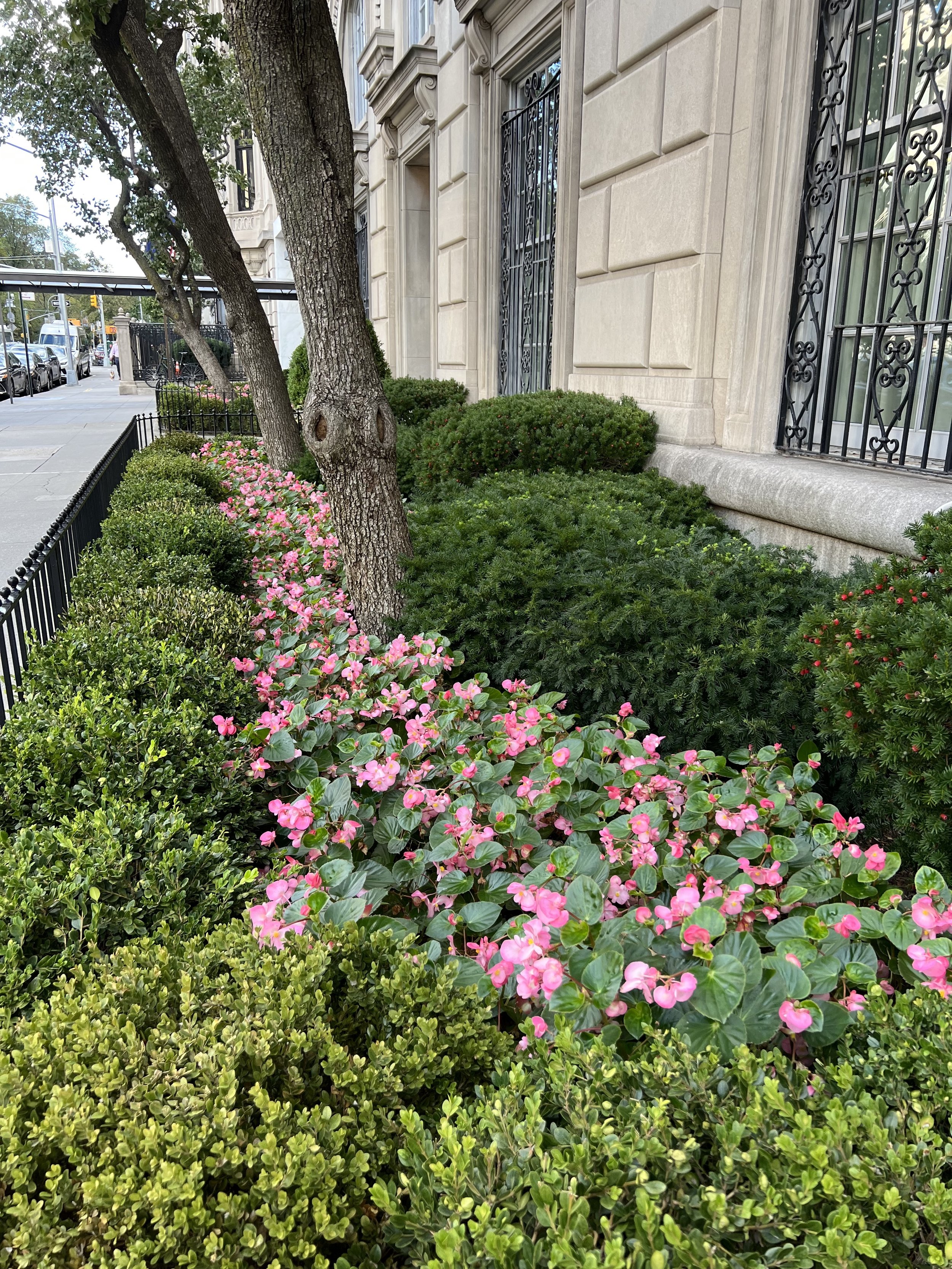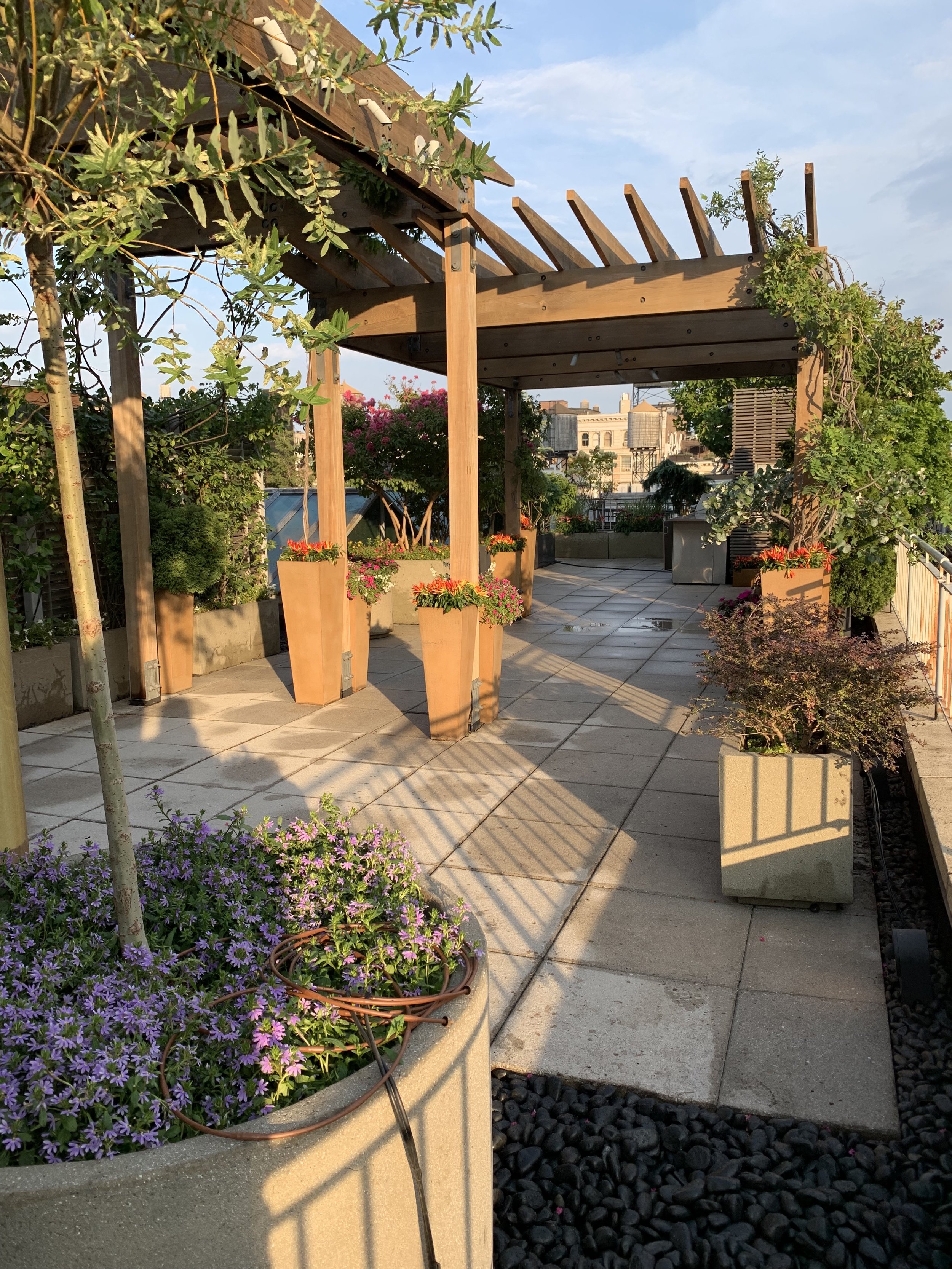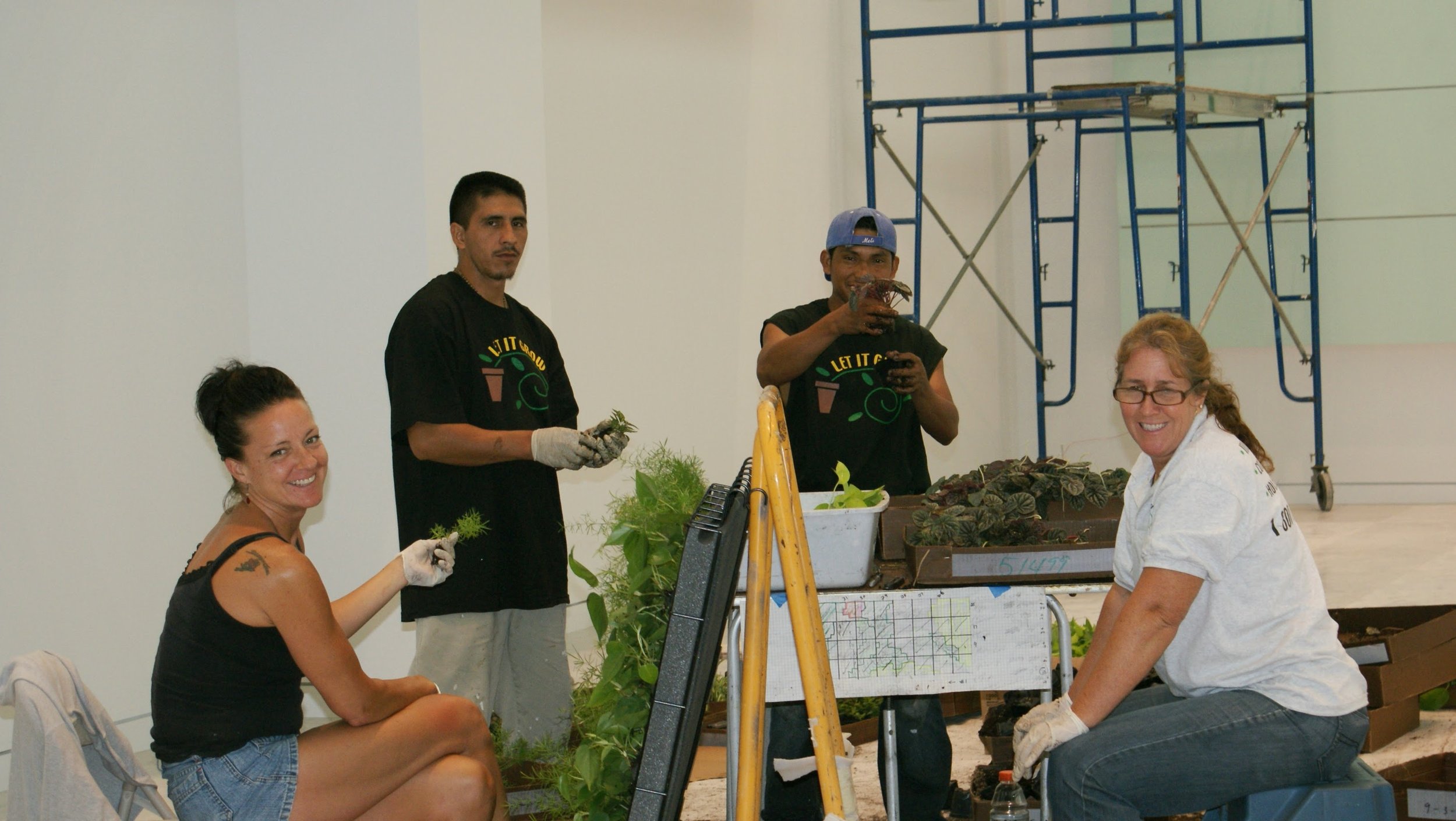What Landscapers Really Do in the Winter: Behind the Scenes in New York City
/When winter hits New York City, most people assume the landscaping world goes quiet — plants are dormant, patios are closed, and gardens are blanketed in snow. But at New York Horticulture Group, winter is anything but downtime. It’s a mix of preparation, creativity, and care — a quieter but equally important season in the life of every outdoor space.
Here’s what our team is actually up to once the temperature drops and the rooftops frost over.
1. Caring for Gardens Even in the Cold
While most plants rest through the winter, landscapes still need attention. We inspect gardens for frost damage, clear away fallen debris, and make sure soil and root systems stay protected. This is also a great time for winter pruning, when trees and shrubs can be shaped and strengthened without stressing the plant.
It’s not glamorous work, but it’s foundational — and it means that when spring arrives, your garden wakes up healthy, balanced, and ready to thrive.
Before the deep freeze, we also winterize irrigation systems, clearing lines and valves so pipes don’t burst in freezing temps. A few hours of prevention in December can save thousands in repairs by March.
2. Winter Containers and Holiday Décor
Once the leaves are gone, we shift gears into design mode. From Upper East Side terraces to Brooklyn brownstones, our team creates winter container gardens, evergreen installations, and custom holiday décor that bring life and warmth back to the city’s gray streets.
There’s something magical about blending evergreens, birch branches, berries, and lights against the New York skyline. It’s how we help our clients keep their outdoor spaces inviting, even when temperatures drop below freezing.
These projects are some of our favorites because they let us merge landscaping with artistry — designing pieces that complement each building’s architecture and reflect the client’s unique style.
3. Designing and Planning for Spring
When the shovels and planters are stored, our designers and horticulturists move into the creative planning phase. Winter is when we reimagine rooftop gardens, draft new landscape layouts, and collaborate with clients on design concepts that will launch in spring.
We use this time to:
Review what worked well the previous year.
Source new materials, stone, and plant varieties.
Refine irrigation or drainage systems.
Map out detailed planting schedules so everything runs smoothly once the weather warms up.
By planning ahead, we make sure clients are first in line for spring installations — when every other landscaper in the city is suddenly booked solid.
4. Indoor Plant Care and Green Interiors
While outdoor work slows, our attention often shifts indoors. Many of our clients ask us to maintain interior greenery — living walls, lobby plants, or apartment foliage that needs extra care during the darker months.
With reduced daylight and indoor heating, plants can easily dry out or wilt. We adjust watering schedules, add grow lights, and rotate plants to keep them thriving.
This work bridges our two passions: design and wellbeing. A lush, healthy indoor space doesn’t just look better — it feels better, especially when winter blues start to creep in.
5. Training, Maintenance, and Recharging
Behind the scenes, winter is also our time to reset. We clean and repair tools, service vehicles, and prepare equipment for spring. Our crew attends horticulture workshops and safety refreshers, ensuring we stay sharp (literally and figuratively).
It’s a season of reflection, maintenance, and learning — all the small, unseen details that allow us to deliver exceptional results year-round.
The Takeaway
So, what do landscapers do in the winter? We don’t disappear — we evolve. We plan, we protect, we create. Winter is the season that allows us to slow down just enough to think, prepare, and dream ahead for the next wave of growth.
If you’re considering a rooftop redesign, terrace upgrade, or year-round maintenance plan, winter is actually the best time to start the conversation.
Your future garden is already waiting — it just begins with a plan today.











